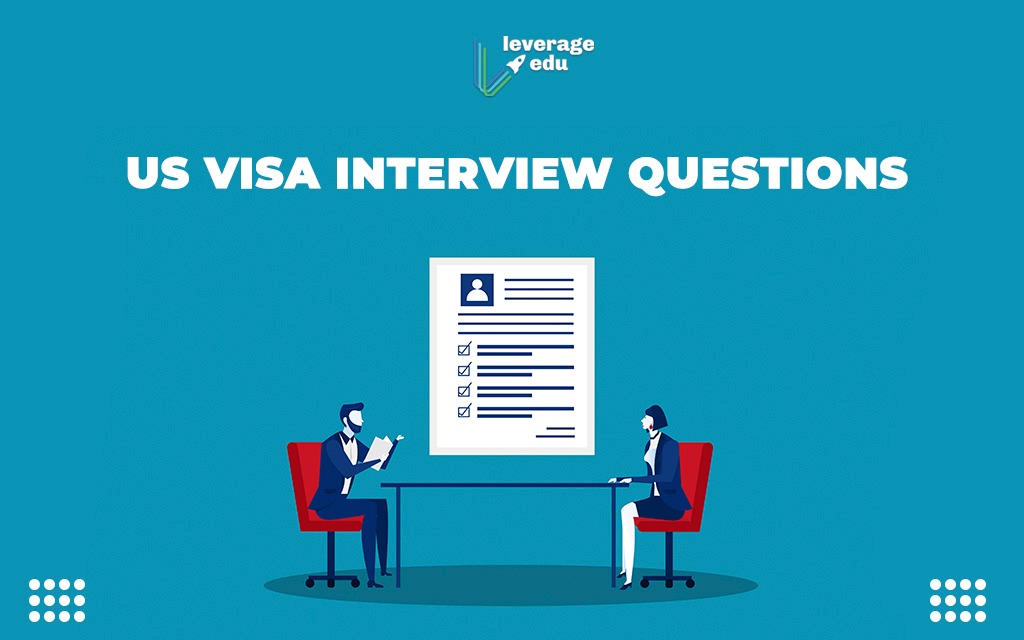FAQ Answers to Common Questions About the U.S. Visa Process

Navigating the U.S. visa process can be challenging, especially if it’s your first time applying. Whether you’re planning a short visit, a business trip, or moving to the United States, it’s essential to understand the visa requirements and procedures. This FAQ guide answers some of the most common questions about U.S. visas, helping you feel more confident and prepared for your application.
What Types of U.S. Visas Are Available?
The United States offers two main categories of visas: non-immigrant and immigrant visas.
Non-Immigrant Visas: These are for temporary stays in the U.S., such as tourism (B-2 visa), business (B-1 visa), study (F-1 visa), or work (H-1B visa). US VISA FAQ There are many other specific non-immigrant visas, depending on your purpose of travel.
Immigrant Visas: These are for individuals who intend to live permanently in the United States. Immigrant visas are usually obtained through family sponsorship, employment, or as a result of winning the Diversity Visa Lottery.
2. Who Needs a U.S. Visa?
Most foreign nationals require a visa to enter the United States. However, citizens of countries participating in the Visa Waiver Program (VWP) can travel to the U.S. for tourism or business purposes for up to 90 days without a visa. Instead, they must obtain an Electronic System for Travel Authorization (ESTA) before departure.
How Do I Apply for a U.S. Visa?
The application process for a U.S. visa generally involves the following steps:
Determine Your Visa Type: Identify the visa category that matches your purpose of travel.
Complete the DS-160 Form: This online form is required for all non-immigrant visa applications. For immigrant visas, the DS-260 form is used.
Pay the Visa Application Fee: The fee varies depending on the type of visa you’re applying for.
Schedule a Visa Interview: This interview is conducted at a U.S. embassy or consulate in your country.
Attend the Interview: During the interview, you’ll be asked about your travel plans and ties to your home country.
Wait for Visa Processing: After the interview, your application will be processed, and you will be informed of the outcome.
What Documents Do I Need for the Visa Interview?
For your visa interview, you should bring the following:
A valid passport with at least six months of validity beyond your intended stay in the U.S.
The DS-160 confirmation page with the barcode.
A visa application fee receipt.
A passport-sized photo.
Any additional documents specific to your visa category, such as financial statements, employment letters, or a letter of invitation.
How Long Does It Take to Get a U.S. Visa?
Visa processing times vary depending on the visa type and the U.S. embassy or consulate where you apply. It typically takes several weeks, but in some cases, it can be faster or slower. It’s recommended to apply for your visa well in advance of your planned travel date.
Can My U.S. Visa Be Denied?
Yes, a U.S. visa can be denied if the consular officer determines that you do not meet the requirements for the visa category you applied for. Common reasons for denial include insufficient ties to your home country, lack of financial resources, or incomplete documentation. If your visa is denied, you will be informed of the reason and whether you can reapply.
What Should I Do If My Visa Is Denied?
If your visa is denied, you can reapply, but it’s essential to address the reasons for the denial. You may need to provide additional documentation or evidence to strengthen your case. In some cases, you may also be eligible to appeal the decision.
How Long Is a U.S. Visa Valid?
The validity of a U.S. visa depends on the type of visa and the applicant’s nationality. Some visas are valid for a few months, while others, like the B-1/B-2 visitor visa, can be valid for up to 10 years. However, even with a valid visa, the duration of your stay in the U.S. will be determined by the Customs and Border Protection (CBP) officer upon your arrival.
Can I Extend My Stay in the U.S. with a Visa?
In some cases, you can apply to extend your stay in the U.S. by filing Form I-539, Application to Extend/Change Non-immigrant Status, before your current visa expires. Approval is not guaranteed, and you must have a valid reason for requesting the extension.
What Is the Difference Between a Visa and an ESTA?
A visa is an official document that allows you to travel to the U.S. and request entry. US VISA APPLICATION PROCESS An ESTA (Electronic System for Travel Authorization) is not a visa but a pre-screening process required for citizens of VWP countries who wish to travel to the U.S. for tourism or business for up to 90 days without a visa.
Conclusion
Understanding the U.S. visa process is crucial for a successful application. By familiarizing yourself with the types of visas, application procedures, and common concerns, you can better navigate the process and increase your chances of obtaining a visa. If you have more specific questions or need personalized assistance, the U.S. Visa Help Desk is an excellent resource to guide you through every step.






